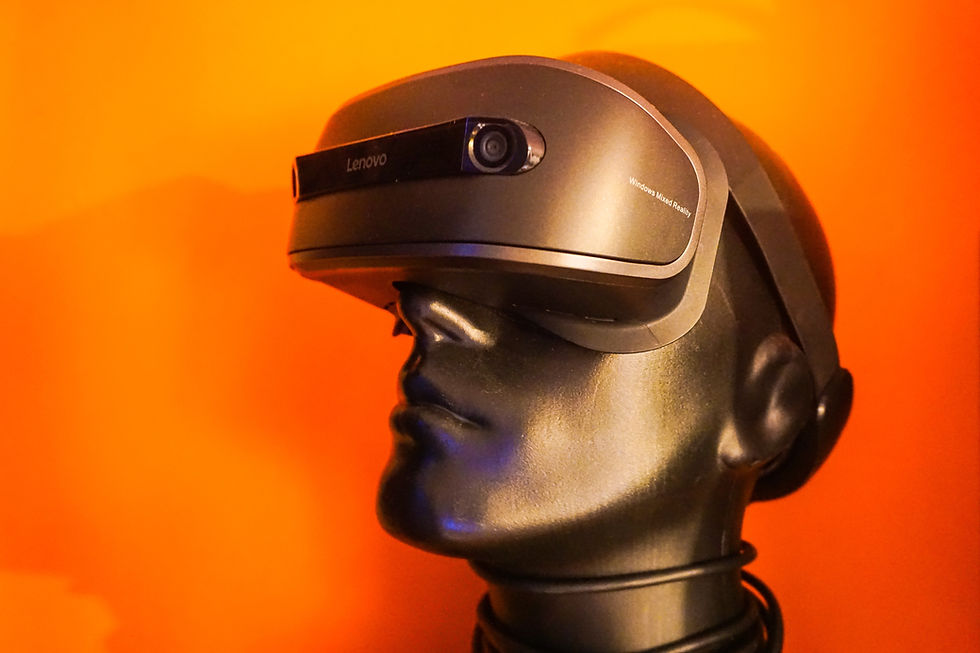According to John McCarthy, who coined this term in 1956, AI is defined by “the science and engineering of making intelligent machines, brilliant computer programs. It is related to the similar task of using computers to understand human intelligence”.
A machine learning that interprets and analyzes external data, providing insights through the analyzing data. However, it can also reduce costs by automatizing customer services, simple marketing tasks, market transactions, and expanding revenues through marketing decisions.
In the level of AI intelligence, it can be either Narrow (task automation), which AI applications are standardized, requiring consistency and logic to perform functions, performing in only one specific domain; or General (context awareness), which machines and algorithms learn how to learn extending their initial programming by humans, thinking and answering by themselves specific topics and being able to perform more than one task.
Moreover, AI has its subfields: machine learning and deep learning.
As a machine learning, an application that “learns to learn.” It generates outputs (information) with trained algorithms with the input (data). It can use both Supervised Learning, which develops predictions based on input and output data being it lately a regression (output is numerical data) or a classification (output is labeled data), and Unsupervised Learning, which collect and analyze data based only on input data being and further grouped into clustering (split the dataset into groups according to their resemblance) and association (discover rules that describe a large number of the data).
Machine learning is used in movie recommendations on Netflix; Amazon Alexa, Google car, etc.
A subfield of Machine Learning is Deep Learning Machine, which incorporates neural networks — “imitating” how the human brain works. The models are trained by using a large amount of labeled data, and it is used to learn patterns from unstructured data, solving problems end-to-end.
The Deep Learning Machine performance is about “end-to-end learning,” which is given raw data and a task to perform, and it learns how to do it immediately. Also, it continues improving as long as the data increases. An example of a Deep Learning Machine is Pepper Robot.
In marketing, artificial intelligence has a potential value in activities such as best offers for customers and sales, programmatically purchase of digital advertising, and prognostic of lead scoring.
Nevertheless, the impact of the utilization of AI is different for each industry, being its highest in industries that attend a large number of clients, producing a vast amount of customer transaction and attribute data, mainly data collected from social media. Marketers plan to use AI in marketing strategies that consist of analyzing, segmenting, messaging customers, personalization, and understanding customer behavior.
However, there are some barriers in the adoption of AI due to policy issues (ethics, privacy, and algorithms) and also the uncanny valley effect.
https://cahro.medium.com/artificial-intelligence-4ce34cf76355


